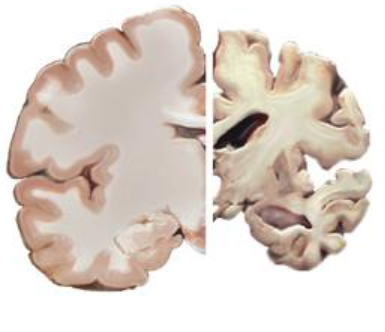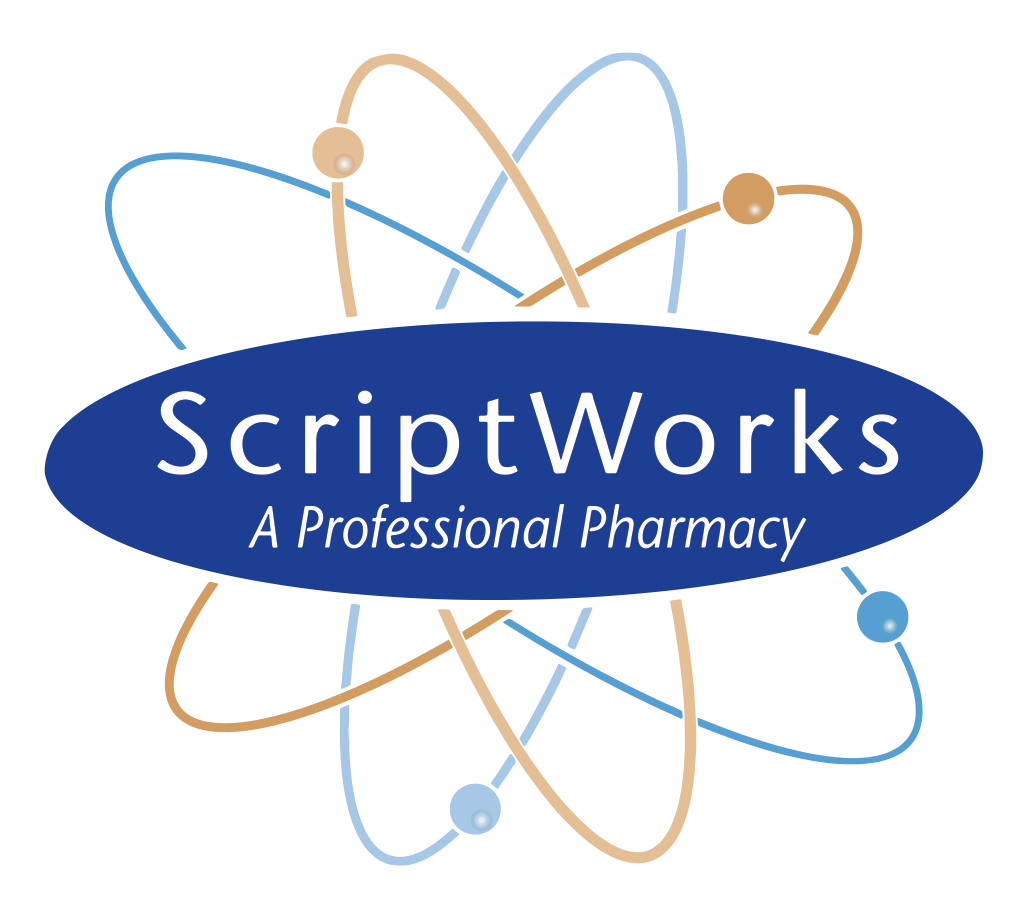
Author: Bob Brensel | President, Pharmacist | ScriptWorks
Bob Brensel, RPh, earned his Pharmacy Degree at University of the Pacific in Stockton, California in 1980. Former California Pharmacists Association’s Award Winner for Recognition of Outstanding Achievement in Compounding Pharmacy. Read More →
Addressing a Neurodegenerative Disorder with Compounding Services
Alzheimer’s disease is a neurodegenerative disorder that affects nearly 50 million people worldwide. This devastating disease robs these patients of their cognitive function, memories and independence. It remains a puzzle with no definitive cure in sight. However, recent research has shed light on a potentially promising avenue for addressing it: Methylene Blue.
In this blog, we’ll explore the insidious nature of Alzheimer’s disease, its causes, and the potential therapeutic benefits of Methylene Blue.
Characteristics and Symptoms of Alzheimer’s Disease
Alzheimer’s disease is a progressive brain disorder that accounts for 80% of all documented cases of dementia worldwide. Alzheimer’s disease is characterized by the accumulation of abnormal protein deposits in the brain, including beta-amyloid plaques and tau tangles. These aggregates disrupt neuronal function, leading to the death of brain cells and the subsequent cognitive decline seen in patients.
Symptoms typically begin with mild memory problems and confusion. These worsen over time, leading to the inability to carry out everyday tasks and ultimately impacting one’s ability to communicate, recognize loved ones, and care for themselves.

Causes and Risk Factors
The exact cause of Alzheimer’s disease remains unknown, but a combination of genetic, environmental, and lifestyle factors are believed to contribute to its development. Some common risk factors include:
- Age: The risk of Alzheimer’s increases with age, and it primarily affects individuals aged 65 and older.
- Genetics: Family history and certain genetic mutations can increase the risk of developing Alzheimer’s.
- Cardiovascular health: Conditions such as hypertension, high cholesterol, and diabetes have been associated with a higher risk of Alzheimer’s disease.
- Lifestyle factors: Smoking, a sedentary lifestyle, and a diet high in saturated fats may contribute to the development of the disease.
Methylene Blue: A Potential Means of Addressing Alzheimer’s Disease
Methylene Blue is a synthetic dye that has been used for various medical purposes for over a century. In recent years, it has garnered attention for its potential therapeutic benefits in Alzheimer’s disease and other neurodegenerative disorders. The following are some examples in which Methylene Blue may offer hope in the fight against Alzheimer’s.

Anti-Aggregation Properties
Methylene Blue has shown the ability to inhibit the formation and promote the disassembly of beta-amyloid plaques and tau tangles, two hallmark pathological features of Alzheimer’s disease. By reducing the aggregation of these toxic proteins, Methylene Blue may help slow or even halt the progression of the disease.
Neuroprotective Effects
Methylene Blue possesses antioxidant and anti-inflammatory properties. These may protect neurons from damage and reduce the inflammation associated with Alzheimer’s disease.
Improved Brain Function
Numerous studies suggest that Methylene Blue may enhance mitochondrial function in brain cells. This may improve energy production and bodily functions.
Potential Cognitive Benefits
Preliminary clinical trials and animal studies have shown promising results, in terms of cognitive improvement in patients and animal models.
Challenges and Future Directions
Alzheimer’s disease remains a pressing global health challenge with a profound impact on individuals and their families. Methylene Blue, with its potential ability to inhibit the aggregation of toxic proteins, protect neurons, and improve brain function, holds promise as an option for addressing it.
While research is ongoing and further clinical trials are needed, Methylene Blue represents a glimmer of hope in the quest to combat Alzheimer’s disease. As we continue to unravel the complex puzzle of Alzheimer’s, Methylene Blue stands as a beacon of potential progress in the fight against this devastating condition.
Alzheimer’s disease remains a pressing global health challenge with a profound impact on individuals and their families. Methylene Blue, with its potential ability to inhibit the aggregation of toxic proteins, protect neurons, and improve brain function, holds promise as an option for addressing it.
While research is ongoing and further clinical trials are needed, Methylene Blue represents a glimmer of hope in the quest to combat Alzheimer’s disease. As we continue to unravel the complex puzzle of Alzheimer’s, Methylene Blue stands as a beacon of potential progress in the fight against this devastating condition.
References:
- Sloan, M. (2021). The Ultimate Guide to Methylene Blue. Accessed March 2023 at endalldisease.com. Read on >>
- Tucker, D., Lu, Y., & Zhang, Q. (2018). From Mitochondrial Function to Neuroprotection-an Emerging Role for Methylene Blue. Mol Neurobio, 55(6), 5137–5153. Accessed March 2023 at https://doi.org/10.1007/s12035-017-0712-2. Read on NIH >>
- Rojas, J. C., Bruchey, A. K., & Gonzalez-Lima, F. (2012). Neurometabolic mechanisms for memory enhancement and neuroprotection of methylene blue. Prog Neurobio, 96(1), 32–45. Accessed March 2023 at https://doi.org/10.1016/j.pneurobio.2011.10.007. Read on NIH >>
- Kayabasi, Y., Erbas, O. (2020). Methylene blue and its importance in medicine. D.J. Med Sci 2020;6(3):136-145. Accessed April 2023 at https://www.journalmeddbu.com/full-text-pdf/213. Download pdf >>
- Schirmer, R. H., Coulibaly, B., Stich, A., et al. (2003). Methylene blue as an antimalarial agent. Redox report : communications in free radical research, 8(5), 272–275. Accessed April 2023 at https://doi.org/10.1179/135100003225002899. Read on NIH >>
- Gonzalez-Lima, F., & Auchter, A. (2015). Protection against neurodegeneration with low-dose methylene blue and near-infrared light. Front Cell Neurosci, 9, 179. Accessed April 2023 at https://doi.org/10.3389/fncel.2015.00179. Read on >>
- Atamna, H., Nguyen, A., Schultz, C., et al. (2008). Methylene blue delays cellular senescence and enhances key mitochondrial biochemical pathways. FASEB J. 22(3):703-712. Accessed April 2023 at https://doi.org/10.1096/fj.07-9610.com. Read on NIH >>
- Biju, K. C., Evans, R. C., Shrestha, K., et al. (2018). Methylene Blue Ameliorates Olfactory Dysfunction and Motor Deficits in a Chronic MPTP/Probenecid Mouse Model of Parkinson’s Disease. Neuroscience. 2018;380:111-122. Accessed April 2023 at https://doi.org/10.1016/j.neuroscience.2018.04.008. Read on NIH >>
- Bloom, George S. (2014). Amyloid-B and tau: the trigger and bullet in Alzheimer’s disease and pathogenesis. JAMA Neurol 2014 Apr;71(4):505-8. DOI:10.1001/jamaneurol.2013.5847. Read on NIH >>

